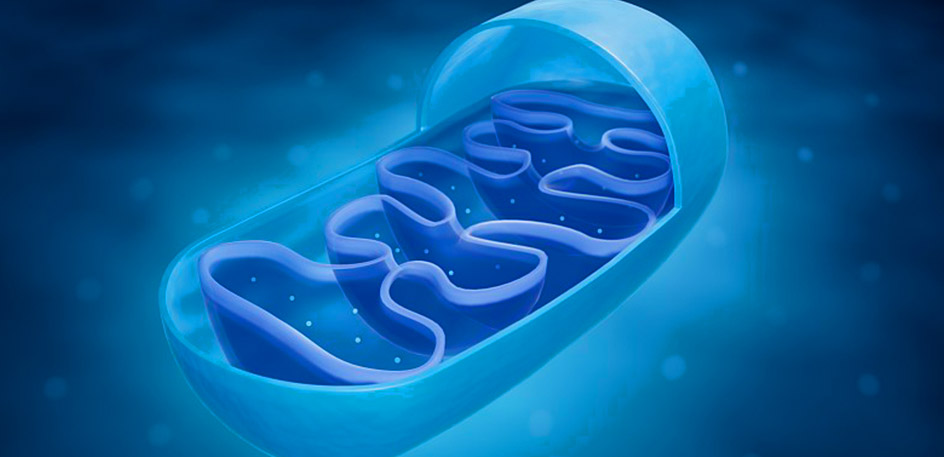NADH: What is NADH?
12 min read | 08 Sep. 2022

In recent years, the use of synthetic biology to produce NADH has attracted more and more attention. Synthetic biotechnology has been hailed as one of the key technologies that will change the future of mankind.
Basic information:
Nicotinamide adenine dinucleotide (NADH) is A chemical substance that is a reduced form of nicotinamide adenine dinucleotide, reduced coenzyme I, N refers to nicotinamide, A refers to adenine, and D is dinucleotide.
NADH is mainly involved in material and energy metabolism in cells, produced in the citric acid cycle in glycolysis and cell respiration, and as a carrier and electron donor of biological hydrogen, it transfers energy to supply ATP synthesis through oxidative phosphorylation process on the in-vivo membrane, so NADH is also known as mitochondriin. In theory, the energy released by one molecule of NADH can synthesize three molecules of ATP.
NADH plays an important role in maintaining cell growth, differentiation and energy metabolism, as well as cell protection. NADH is produced by the citric acid cycle in glycolysis and cell respiration. The NADH molecule is a controlling marker in the energy production chain in mitochondria. Monitoring the REDOX status of NADH is the best parameter to characterize mitochondrial function in vivo. Ultraviolet light can excite NADH in mitochondria to produce fluorescence, which can be used to monitor mitochondrial function.
NADH and NAD+ are a REDOX pair in cells, where NADH is the reducing form of coenzyme 1 NAD and NAD+ is its oxidizing form. In REDOX reactions, NADH, as the donor of hydrogen and electrons, and NAD+, as the acceptor of hydrogen and electrons, participate in physiological processes such as respiration, photosynthesis, and alcohol metabolism. They participate in life activities as coenzymes in many REDOX reactions in living organisms and convert to each other.
In the absence of oxygen, the ATP produced by glucose metabolism is very small. However, under aerobic conditions, NADH or FADH2 produced by glycolysis and tricarboxylic acid cycle can produce a large amount of ATP by oxidizing phosphoric acid reaction. The amount of NADH is directly related to the amount of ATP produced, and the more NADH each cell contains, the more energy it produces. The more energy an organ requires, the higher the amount of NADH it contains (or requires).
Study history:
- In 1906, Nobel Prize winner Arthur Harden discovered NADH.
- In 1935, the functional study of NADH was officially started.
- In 1987, NADH began clinical treatment.
- In 1991, Professor George Birkmeier developed the "stable NADH".
- In the 21st century, NADH has been widely used in sub-health, aging, cancer prevention and other research fields.
- In 2015, the highly stable NADH dietary supplement entered the Chinese market.
In May 2022, The latest study on NAD+ and aging by a Chinese scientific research team, "Association of Human Whole Blood NAD+ Contents With aging" (the relationship between NAD+ levels in human blood and aging), was published in the authoritative journal Frontiers in China Endocrinology. In this study, the Chinese scientific research team carried out the world's first large-scale analysis of the correlation between blood NAD+(nicotinamide adenine dinucleotide) and age and sex in the Chinese population. Significant sex differences were found in the relationship between blood NAD+ levels and aging. The level of NAD+ in males decreased significantly with the increase of annual boll, especially in middle-aged and elderly males.